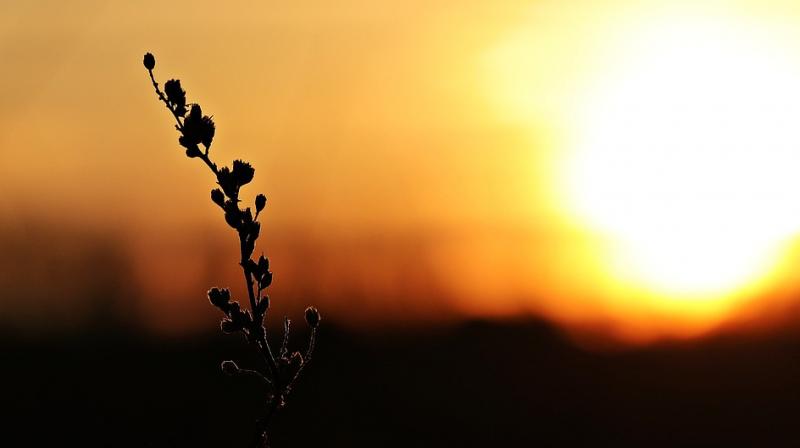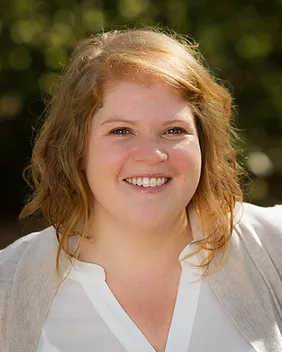 In the landscape business of Plant Zone 8b of sunny Charleston, South Carolina most of my clients, believe it or not, are transplants. Transplant, in all its verbal glory, by definition means to move from one place to another; be it a plant, an organ or a family. I myself cannot claim to be a native as I also hail from the northern territory. But to be honest, good ol’ fashioned southern hospitality has made it hard to remember where the definitive line must be drawn of my former Yankee self and my new ‘Southern Business Owner’ identity. People are an accumulation of their total life experiences which is especially beneficial when speaking plant. Experiencing life in various geographical plant zones allows me to be an asset for you, my fellow transplant. Most have yet come to understand the climate’s role in the life of their landscape here in South Carolina. I would say that the most common mistakes made by plant lovers new to the area have to do with underestimating the sun and the heat. Here are a few nuggets of information to get you started:
Any plant varieties you have questions about?
0 Comments
Leave a Reply. |
AuthorJess Carlin Archives
February 2018
|
|
Website Designed by Creative Consulting
|
Site powered by MadeSimply
|


 RSS Feed
RSS Feed